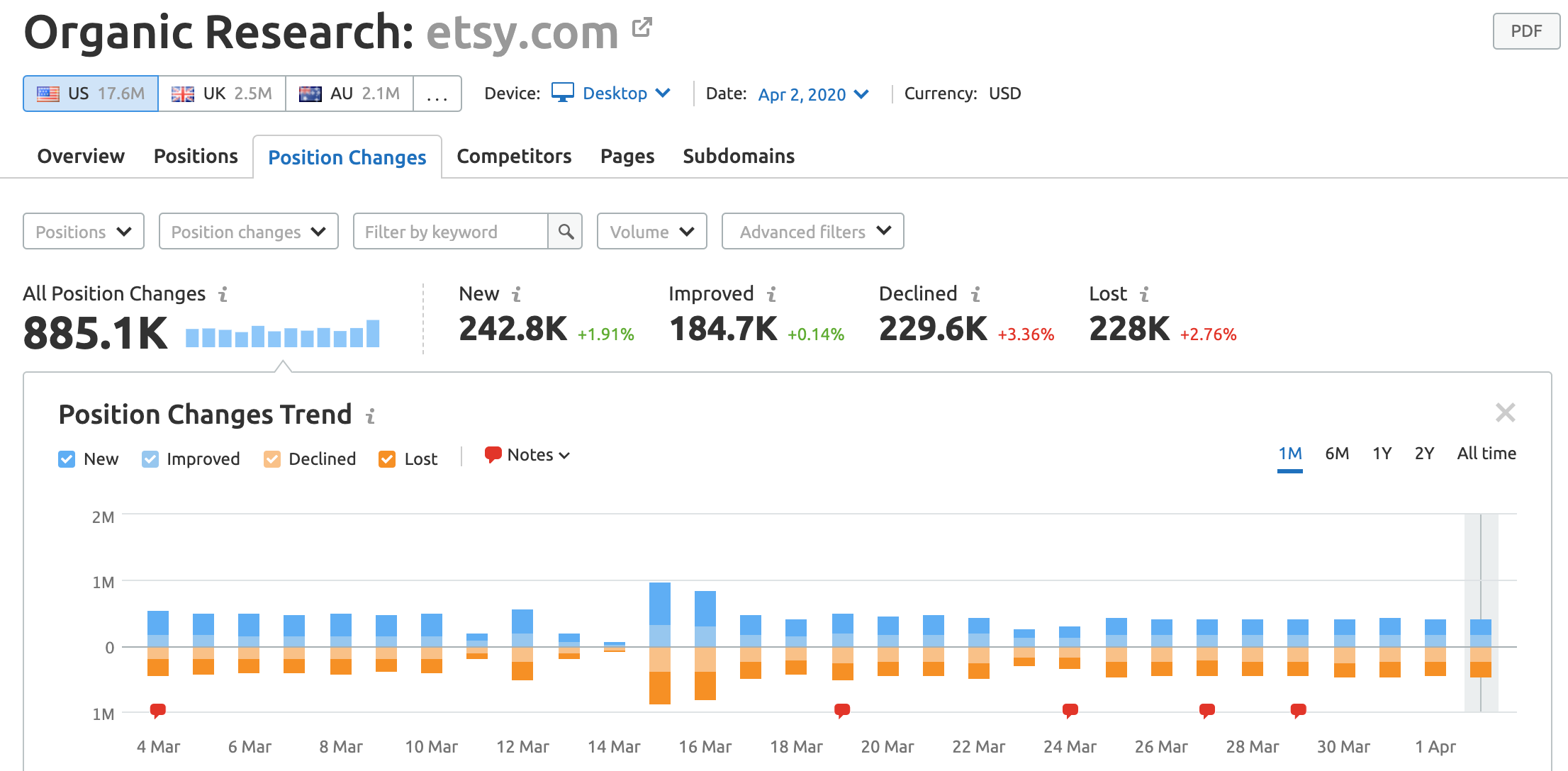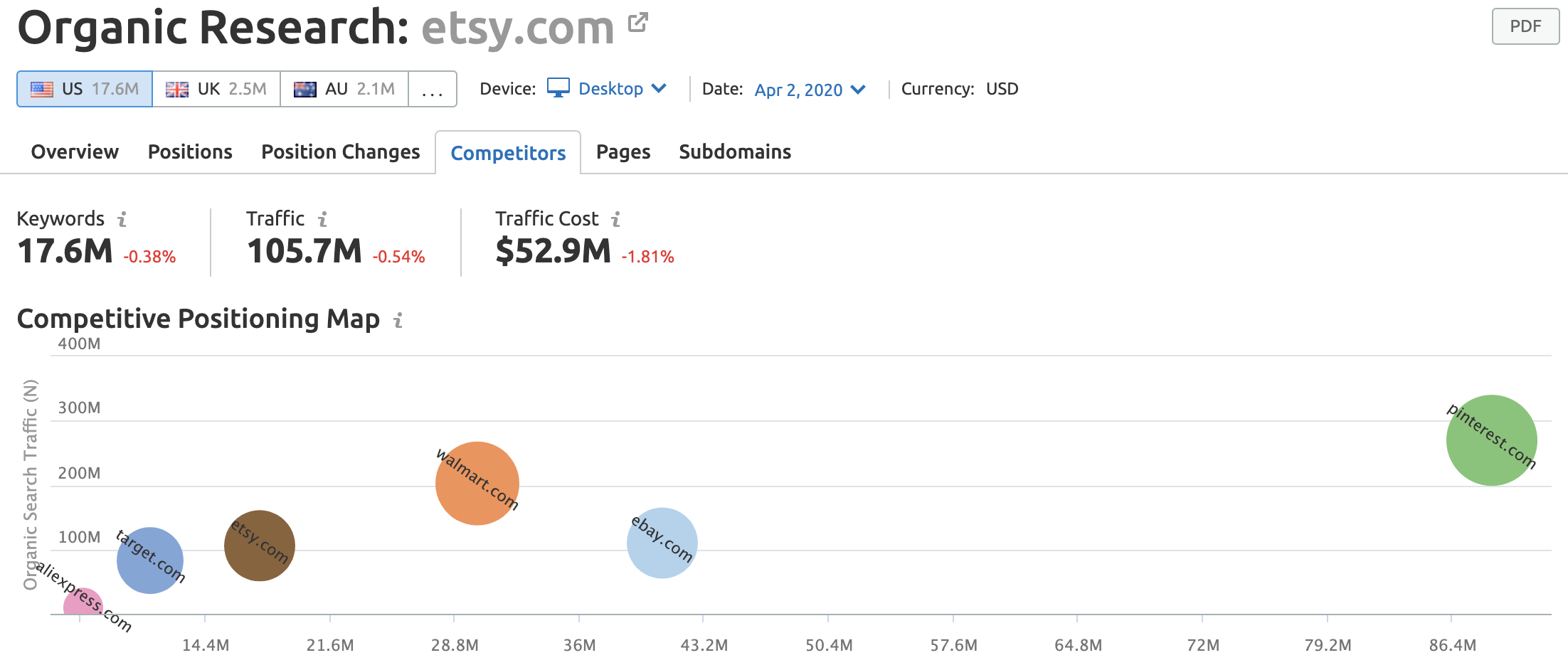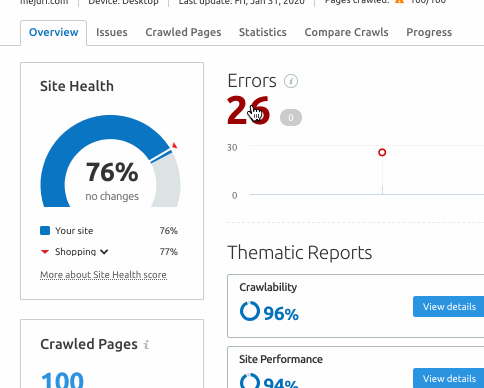The following is a recap of the presentation by Aleyda Solis doing the 5 Hours of SEO Webinar. We could not fit every tip and statistic in the recap, so see them all; you can watch Aleyda's part of the webinar here.
eCommerce vs. Marketplace Websites
When it comes to e-commerce, marketplaces tend to be overlooked as an area that requires extra SEO considerations that do not apply to typical e-commerce sites. They fall into a unique category where traditional SEO tactics are not necessarily the best option.
Certain types of e-commerce sites are considered marketplace sites, as they are acting as the intermediary between two parties. These websites need to fulfill two very different roles when it comes to their business:
- Attracting clients and attracting customers.
- Necessary to do both marketing and SEO to meet goals for each, without compromising the other.
And they tend to require indexing at a much quicker pace than a non-marketplace website, which also presents its own challenges.
Marketplace Examples
Aleyda gave examples of the type of sites that are marketplaces.
- A job listing site that needs to attract employers listing their jobs, as well as potential employees to successfully fill those jobs their clients are advertising, is a fairly popular marketplace type.
- A vacation rentals website needs to attract clients to list their vacation rentals and also attract prospective renters for those listings.
- Marketplaces need both types of customers to be successful.

eCommerce and Marketplace Similarities and Differences
Since both marketplaces and traditional ecommerce sites have some of the same goals, there are some similarities, such as they are both transactional and inventory driven. Solis states marketplaces have "an additional layer of complexity due to its two-sided platform nature and business model" – the need to convert both clients of customers and the customers themselves. And they need to market themselves for both those sides as well.
With ecommerce sites, technical SEO is crucial. All paths of the site lead to the product pages, which Solis says make or break conversions. And one of these challenges is the ever-changing nature of marketplace inventory, and the need to get products indexed and crawled immediately as new products are added or products become out of stock.
Solis used the example of face masks, and how suddenly the search demand for product rose very rapidly. Before COVID-19, face masks were not a very popular item, they were not highly searched for, and the need for the rapid indexing wasn't there. Some of these pages may not have even been indexed in Google previously, which is normal for larger sites. But a sudden change in demand means that the site needs to get them indexed as soon as possible to take advantage of the increased demand and traffic.
Designing a Marketplace
When designing or updating a marketplace, she recommends that you should offer your merchants the ability to add as many details to their listing as possible. Look at older marketplaces to see how they handle essential details such as keywords, categories, breadcrumbs, and descriptions.
eBay is a great example of a marketplace with its extensive number of categories and descriptors on each product page.

Breadcrumbs for Marketplaces
Breadcrumbs are essential to large marketplaces too, with Solis stating, "Each product should be listed in at least a full categories>sub-categories>facets path that is indexable." With this style of breadcrumbs, each linking to appropriate categories, it helps with indexing for each section. She adds it is also crucial that you use canonical URLs while avoiding parameters that can cause additional indexing issues.
Out of Stock
What about products that are no longer available or are temporarily out of stock?
Solis recommends that sites should stop featuring them in the categories. The pages themselves should offer suggestions for related products, with the first suggestions being as closely related as possible to the unavailable item. Adding an in-stock notification option will also help customers who are still interested in the product, and it is recommended you leave those pages indexed, especially if you are unsure of the future status of the items.

Evaluation: Ranking and Missed Opportunities
Solis recommends looking at both searches and trending products across each category and then evaluate how those pages are ranking. There could be cannibalized categories or product query results that have non-trivial search volume; these are products visitors are searching for on your site, but that are either not indexed in search engines or are not ranked well. These searches can reveal significant missed opportunities for traffic.
Lastly, Solis reminds site owners that these strategies are not just for indexing and linking reasons; optimizing these pages and breadcrumbs will help the user search experience and conversions.
You can see position changes in rankings with the Organic Research Tool; this will help you keep track of improvements and discover lost opportunities.

Marketplace Examples, Challenges, and Warnings
Nitin Manchanda shared an example of two similar landing pages, but with an overlap (jeans and Levis). The site decided to create one landing page that featured both men's and women's and redirected the other landing pages to better fulfill the needs of the searcher and reduce bounce rate.
David Iwanow says that another challenge of marketplaces is that there is also a lot of competition gaming the system. In a marketplace, merchants can try all kinds of tactics to give them an advantage over competitors listing the same or similar products. Iwanow saw one merchant deleted and then relisted 100,000+ items per day, which resulted in them adding throttles and safeguards to combat it.
You can keep an eye on strategies competitors use and how they impact their rankings with the Competitive Positioning Map.

Pagination
Solis warns against using pagination to make pages crawlable for categories with a huge number of products within the categories. Instead, show as many products on a page as possible without negatively impacting user experience. If there are still too many products, consider splitting them into "sister or brother categories."
Technical SEO
With these types of sites requiring a multi-faceted approach to SEO to meet the unique needs of an inventory that is constantly changing and search demands that can escalate based on trends, having a solid basis of technical SEO is necessary. And as Solis pointed out, it is technical SEO that can make or break a marketplace site – or any type of website, whether ecommerce or not, especially where navigation, internal linking, and pagination is concerned.
Did You Know the SEMrush Site Audit Tool Can Help with eCommerce?
You can conduct a comprehensive analysis of a site’s technical condition with SEMrush’s Site Audit tool. The tool covers all possible technical issues and notices related to:
-
Crawlability
-
Indexability
-
Site architecture
-
On-Page SEO
-
Technical SEO
-
International SEO
-
HTTPS implementation
Site Health
Before digging into a specific issue, you can assess the overall technical state of the website with Site Health in the Overview tab, a dedicated widget showing you how properly the website is operating.
Let’s say your website is 76% healthy. You can compare it to other websites that are relevant to your niche, so you can determine whether your site is able to compete.

From here, drill down to the "issues" that need to be addressed. Click on the errors and get suggested solutions.

